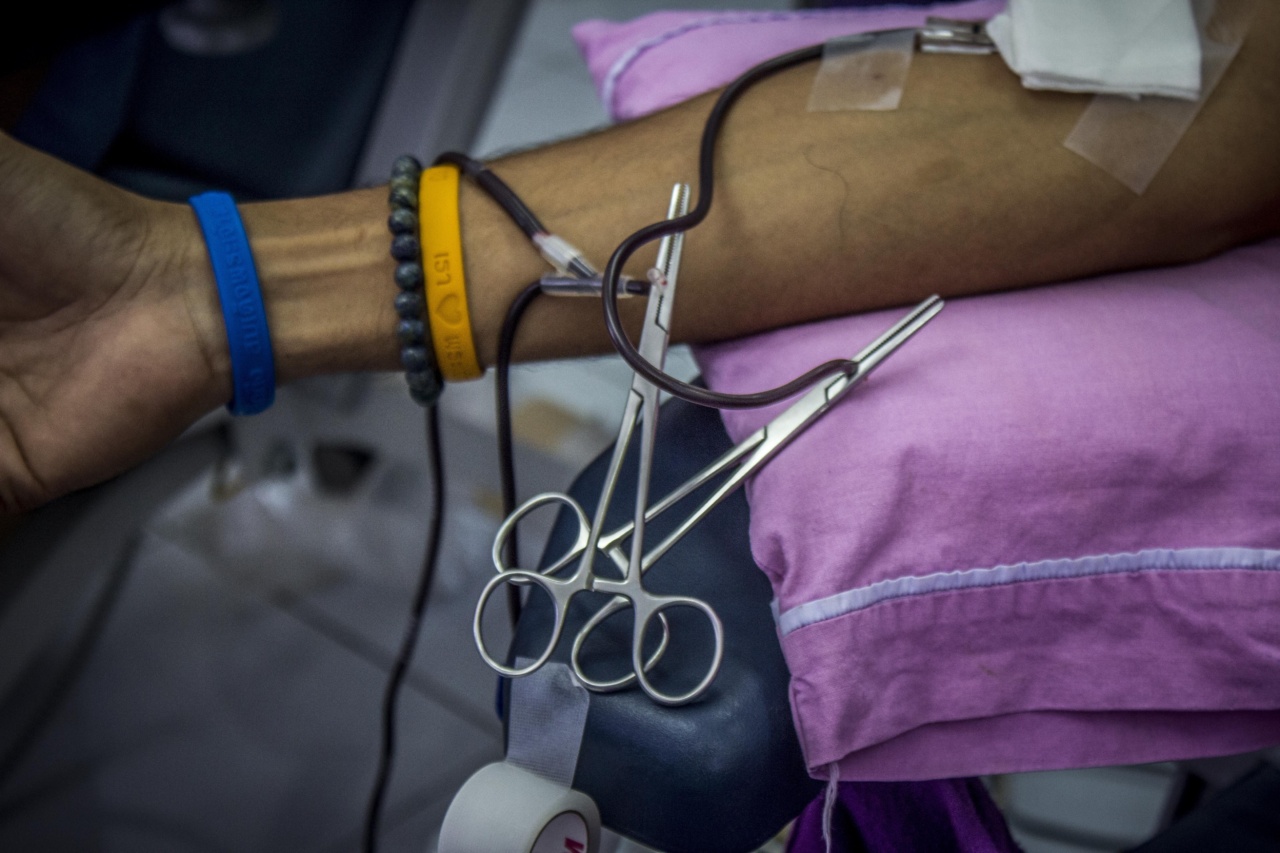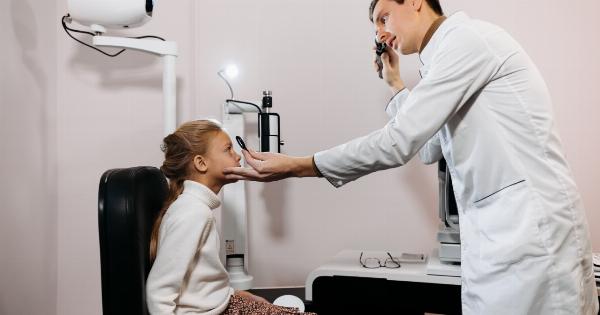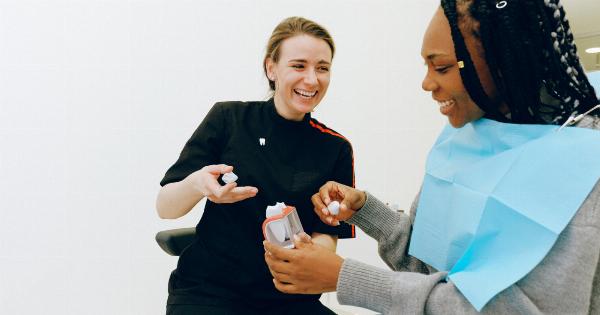Artificial blood has long been a dream in the medical community, offering hope for patients in need of immediate transfusions and reducing reliance on donated blood.
Recently, a breakthrough in research has led to a remarkable scientific achievement – the successful transfusion of artificial blood to humans in Britain. This groundbreaking development could revolutionize the field of medicine and significantly enhance patient care.
The Need for Artificial Blood
Each year, millions of people require blood transfusions due to various medical conditions, surgeries, and emergencies. However, the demand for blood often exceeds the supply, leading to shortages that put patients at risk.
Traditional blood transfusions rely on donated blood, which requires extensive testing, careful storage, and matching of blood types. Artificial blood, on the other hand, could be manufactured in controlled environments, eliminating the reliance on donors and offering a consistent and readily available supply.
History of Artificial Blood
The pursuit of artificial blood dates back several decades. Scientists have explored various options, including synthetic oxygen carriers, hemoglobin-based oxygen carriers (HBOCs), and perfluorocarbon emulsions.
However, previous attempts faced challenges such as short circulation times, toxicity, and limited oxygen-carrying capacities.
With recent advancements in biotechnology and materials science, researchers in Britain made significant progress in developing a viable artificial blood substitute.
The Breakthrough: Successful Transfusion to Humans
In a groundbreaking study conducted at a leading medical institution in Britain, researchers successfully transfused artificial blood to human subjects for the first time.
The study involved a carefully designed clinical trial, in which a small group of patients with various medical conditions received controlled transfusions of artificial blood.
The artificial blood used in the trial was a groundbreaking formulation developed through years of research.
It comprised biocompatible and oxygen-carrying molecules that closely mimic natural blood, ensuring compatibility and optimal oxygen transport within the body.
Positive Results and Implications
The results of the clinical trial were encouraging. The patients who received artificial blood showed no adverse reactions or complications.
Their vital signs remained stable throughout the transfusion, and the artificial blood successfully carried oxygen to the tissues.
This medical breakthrough has numerous implications for patient care. Artificial blood could be a game-changer in emergency situations, where immediate transfusions are crucial and the availability of donated blood may be limited.
It could also benefit patients with rare blood types, who often face challenges in finding compatible donors.
Moreover, artificial blood could be manufactured at large scales in controlled environments, reducing the risk of bloodborne infections and circumventing the need for extensive blood typing and cross-matching.
Future Directions and Challenges
While the successful transfusion of artificial blood marks a significant milestone, there are still several challenges to overcome.
Further research and development are necessary to address factors such as cost-effectiveness, long-term safety, and scalability.
Scientists and medical professionals are optimistic that ongoing efforts will lead to the refinement of artificial blood products.
Improved formulations may enhance oxygen-carrying capacities, lengthen circulation times, and decrease any potential risks associated with the use of artificial blood.
Collaborative Efforts and Global Impact
The successful transfusion of artificial blood in Britain demonstrates the power of collaboration between researchers, clinicians, and industry experts.
The breakthrough has garnered global attention and sparked enthusiasm for further research and development of artificial blood substitutes.
International organizations are now working together to share knowledge and resources, which will expedite the progress and ensure widespread access to this transformative technology.
Conclusion
The successful transfusion of artificial blood to humans in Britain is undoubtedly a medical first that opens new possibilities in patient care.
This remarkable achievement brings hope to countless individuals in need of urgent transfusions and could alleviate the burden on blood banks worldwide. While challenges remain, the dedication of scientists and the collaborative efforts of the global medical community promise a future where artificial blood becomes a standard and life-saving intervention.






























